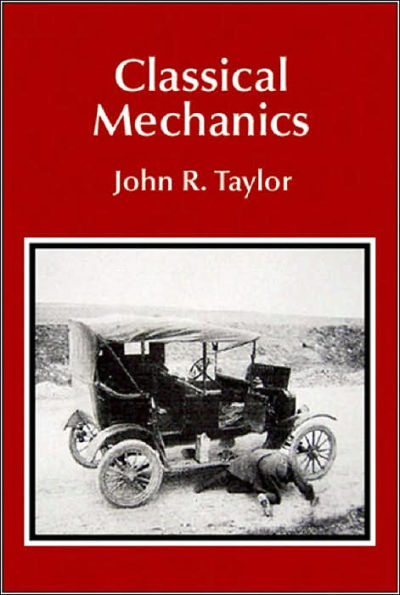5
1
9781891389221



Classical Mechanics / Edition 1 available in Hardcover

Classical Mechanics / Edition 1
- ISBN-10:
- 189138922X
- ISBN-13:
- 9781891389221
- Pub. Date:
- 09/15/2004
- Publisher:
- University Science Books
- ISBN-10:
- 189138922X
- ISBN-13:
- 9781891389221
- Pub. Date:
- 09/15/2004
- Publisher:
- University Science Books

Classical Mechanics / Edition 1
$149.0
149.0
In Stock

Product Details
| ISBN-13: | 9781891389221 |
|---|---|
| Publisher: | University Science Books |
| Publication date: | 09/15/2004 |
| Edition description: | 2005 |
| Pages: | 786 |
| Sales rank: | 262,616 |
| Product dimensions: | 7.00(w) x 10.00(h) x (d) |
About the Author
From the B&N Reads Blog

